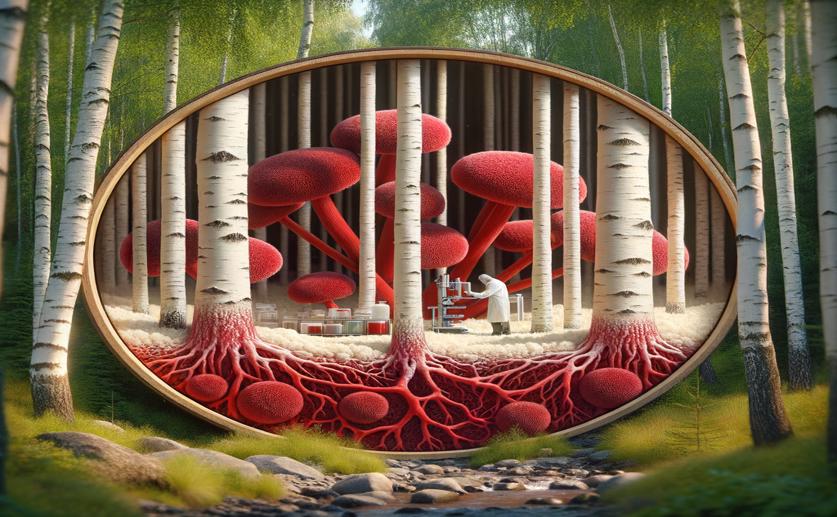
Exploring the Uses of Red Yeast from Birch Forests
Greg Howard
2nd May, 2024

Image Source: Natural Science News, 2024
Key Findings
- Polish birch forests are a new source for isolating diverse strains of red yeast with biotechnological potential
- The isolated red yeasts can produce carotenoids, enzymes, and lipids, which are valuable for various industries
- Some red yeast strains demonstrated the ability to inhibit the growth of certain molds, suggesting potential use in biocontrol
References
Main Study
1) Biotechnological potential of red yeast isolated from birch forests in Poland
Published 30th April, 2024
https://doi.org/10.1007/s10529-024-03482-3
Related Studies
2) Production of beta-carotene by a mutant of Rhodotorula glutinis.
Journal: Applied microbiology and biotechnology, Issue: Vol 55, Issue 4, May 2001
3) Screening and characterization of amylase and cellulase activities in psychrotolerant yeasts.
4) Multiple responses optimization and modeling of lipase production by Rhodotorula mucilaginosa MTCC-8737 using response surface methodology.



 30th April, 2024 | Jim Crocker
30th April, 2024 | Jim Crocker